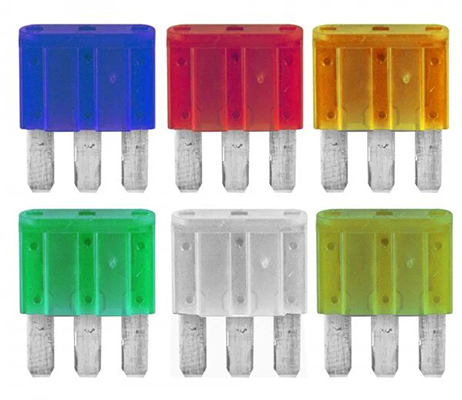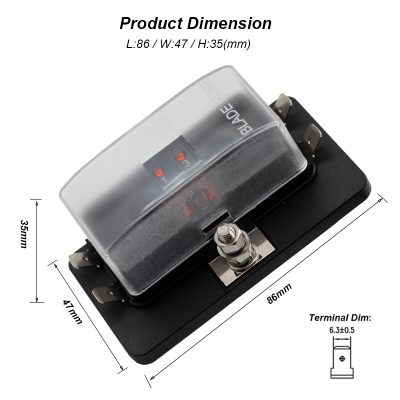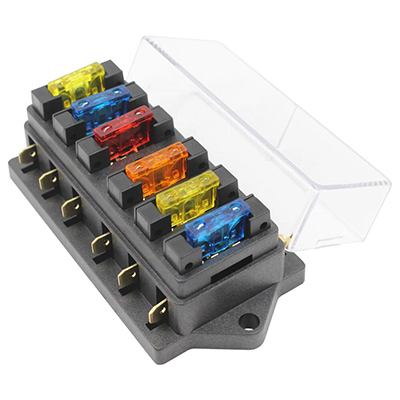Fuses for Protecting Displays and Audio Components in Automotive Infotainment Systems
News 2025-10-24
Automotive infotainment systems integrate advanced features like touchscreens, navigation, and high-fidelity audio, making them essential for driver engagement and safety. These systems rely on delicate electronic components that are vulnerable to electrical surges and faults. Fuses serve as vital safeguards by detecting and interrupting excessive current, thereby protecting displays and audio elements from potential damage. This ensures the longevity and reliable operation of infotainment units in various vehicle types, from sedans to electric cars.

Application Scenarios
In automotive settings, fuses are deployed in infotainment modules to shield components such as LCD screens and speakers. For instance, in a car’s dashboard, fuses prevent overcurrent from affecting the display during power fluctuations or short circuits. Similarly, in audio systems, they protect amplifiers and wiring harnesses, maintaining sound quality and avoiding failures in demanding environments like off-road vehicles or high-temperature conditions. This application extends to emerging technologies, including connected car systems where fuses safeguard against faults in integrated circuits.
Performance Advantages
Fuses in these systems offer rapid response times, often activating in milliseconds to halt current flow and avert catastrophic failures. Their high breaking capacity handles significant fault currents without degrading, ensuring consistent protection. Additionally, these fuses are designed for compactness and durability, withstanding automotive vibrations and thermal cycles. This enhances overall system efficiency, reducing downtime and maintenance costs while supporting energy-efficient designs in modern infotainment architectures.
Frequently Asked Questions
1. What role do fuses play in infotainment systems?
Fuses act as automatic circuit breakers, protecting components by disconnecting power during overcurrent events and preventing damage from electrical faults.
2. How do fuses improve reliability in automotive applications?
By providing precise current protection, fuses minimize the risk of component burnout, ensuring that infotainment systems function reliably over the vehicle’s lifespan.
3. What considerations are important when choosing fuses for these systems?
Key factors include the fuse’s current and voltage ratings, as well as its ability to endure environmental stresses like heat and moisture in automotive settings.


